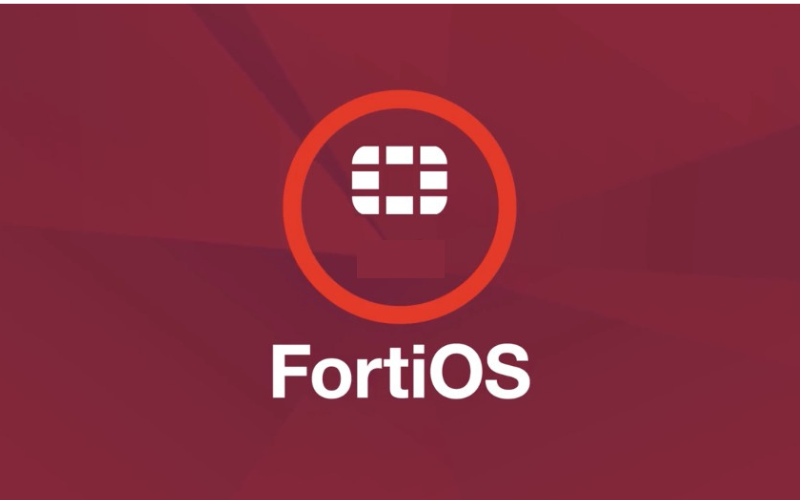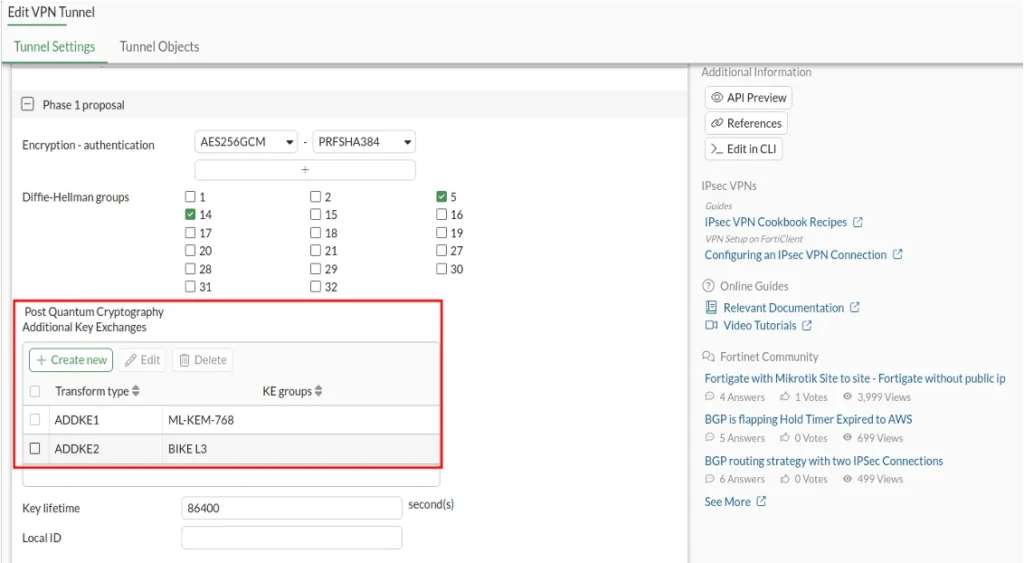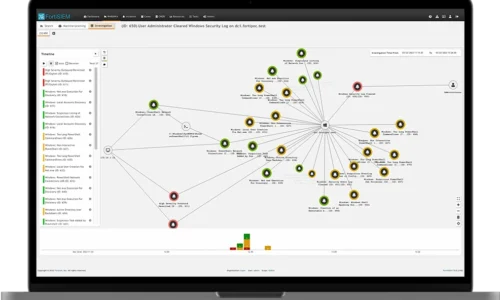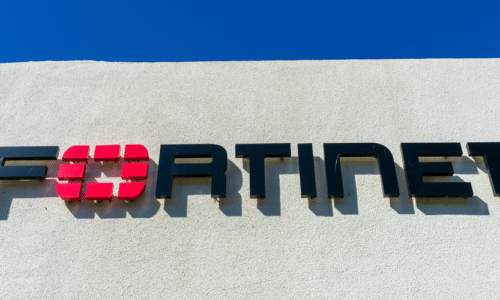
FortiOS: A Quantum Leap in Future-Proofing Security
- adminfortinet
- August 4, 2025
- news
- 0 Comments
Quantum computing is a revolutionary technology that leverages the principles of quantum mechanics to perform complex calculations at unprecedented speeds. While promising immense potential, quantum computing also poses a significant threat to traditional cryptographic methods. The technology is not widely available yet, but bad actors are already storing encrypted traffic today to decrypt later. This means sensitive data, especially financial information, is at risk even though quantum computing is in its infancy.
Quantum-safe communications, which are resistant to attacks from quantum computers, have emerged to address this threat. And Fortinet is once again delivering cutting-edge innovations to protect against emerging threats by rolling out quantum-safe features to our unified operating system, FortiOS. These advanced capabilities help organizations protect networks against quantum-computing attacks and future-proof their infrastructures against evolving threats.
Quantum Innovation in FortiOS
FortiOS includes a range of quantum-safe communication methods and tools to empower organizations to define and adopt a post-quantum security posture that works for their unique environment. Features include:
- Quantum Key Distribution (QKD): This technology allows two parties to exchange cryptographic keys securely and leverages the principles of quantum mechanics to detect any eavesdropping and hacking attempts. QKD offers unconditional security but does have scalability issues, so it’s best suited for high-value applications rather than broad usage.
- Post-Quantum Cryptography (PQC): FortiOS includes a robust list of new cryptographic algorithms believed to be difficult for quantum computers to solve. These include algorithms that rely on the difficulty of lattice-related mathematical problems and decoding error-correcting codes. PQC is readily deployable with few scaling issues, making it better for wide usage than QKD. PQC algorithms included in FortiOS:
- Crystals Kyber: This lattice-based family of algorithms is designed for key encapsulation, a crucial component of secure communication. It offers three security levels: 128-bit, 192-bit, and 256-bit, providing flexibility for different security requirements.
- ML-KEM: This is a more mature a version of the Crystals Kyber algorithm that has been approved by NIST.
- BIKE: A family of algorithms for key encapsulation mechanisms using error-correcting codes. BIKE is an alternate option in the NIST algorithm selection process.
- HQC: Like BIKE, HQC offers robust key encapsulation capabilities via an algorithm based on error-correcting codes.
- Frodo: A lattice-based key encapsulation algorithm which unlike ML-KEM it uses unstructured lattices that are believed to be more secure. However, Frodo has longer key sizes so it is ideal for applications where security is more crucial over performance.
- Enhanced IPsec with PQC: This allows for secure communication over IP networks, even in the face of quantum computing threats.
- Hybrid mode: This mode enables the seamless integration of traditional public-key cryptography and PQC, supporting a gradual transition to PQC while maintaining compatibility with existing systems. By combining the strengths of both approaches, organizations can achieve a robust and adaptable security posture.
- Algorithm stacking: This technique combines multiple cryptographic algorithms to create a more resilient security solution. By layering different algorithms, organizations can significantly enhance the security of their network infrastructure, increasing barriers to potential attacks.
Enhanced user interface: FortiOS makes it simple to configure and manage quantum-safe settings without requiring deep technical expertise. This streamlines the process, reduces the risk of human error, and ensures optimal security configurations.

Conclusion
By incorporating these advanced features, FortiOS empowers organizations to proactively protect their networks against future quantum computing threats. As quantum computing technology continues to advance, it is crucial to adopt quantum-safe measures to protect our digital world. FortiOS is leading the way in providing quantum-safe solutions that ensure a secure future.
By Baksheesh Singh Ghuman
Related Posts

FortiSIEM 7.4 Turbocharges Incident Management with Native SOAR Automation
- adminfortinet
- August 4, 2025
Security operations centers (SOCs) are under increasing pressure to detect and respond to threa ..

Only Vendor to Be Named as a Gartner Peer Insights™ Customers’ Choice for SD-WAN for the Sixth Time
- adminfortinet
- August 4, 2025
With an overall rating of 4.9 out of 5 (based on 414 reviews as of March 2025), Fortinet has be ..

